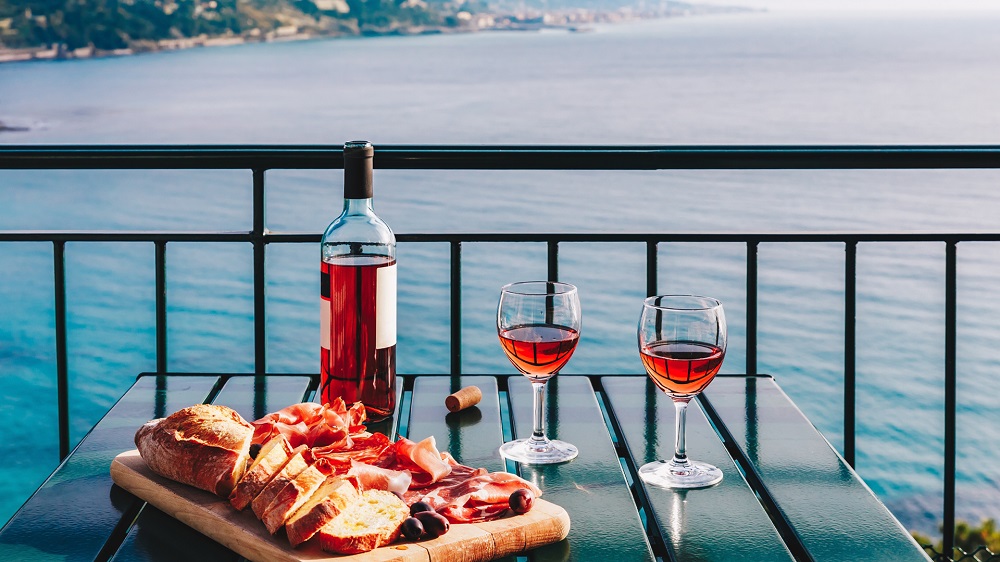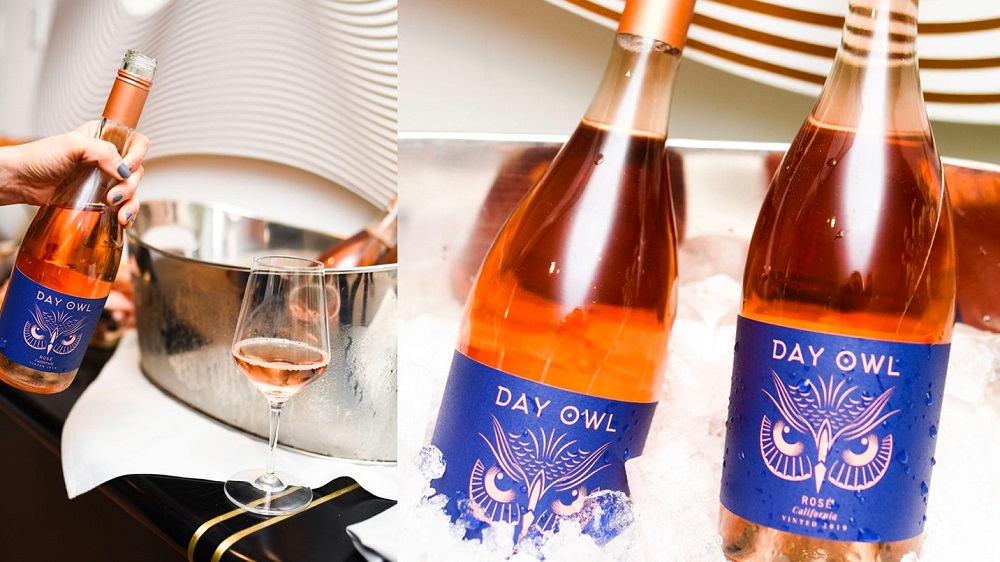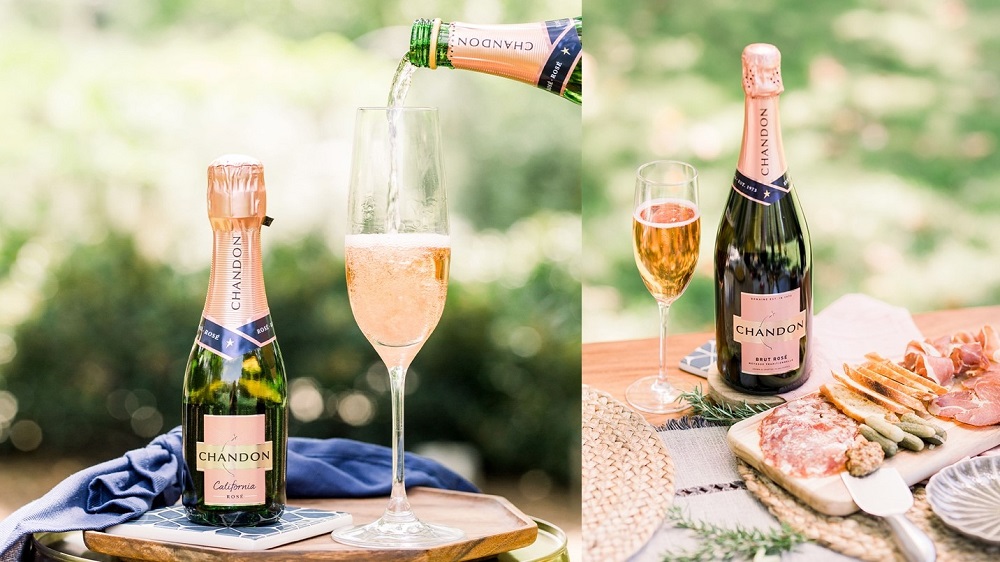Not that you need an excuse to open up a bottle – or can – of wine, but National Rosé Day is June 13 and we’re here to pay homage to the pink drink. There’s no wrong way to drink rosé, but the endless options can be overwhelming when it comes to bottle selection. To help navigate, we consulted one of our beverage distributor partner and friend from the Breakthru Beverage Group, Sharon Woschitz, a WSET II and 30-year veteran of the food and wine space within the hospitality industry, who suggests some of her favorite bottles and tips on food pairings.
So, What is Rosé Anyway?
Similar to red wine, rosé is made from red grapes. During production, wineries allow the grapes’ naturally clear juice to sit with the red grape skins for a short amount of time, anywhere from a few hours to a few days, to achieve the exact color they want their rosé to be. Darker rosé does not necessarily equate to a sweeter wine, but color can reveal a lot about the production method and how it will taste. A pale blush hue tends to be bright and crisp, whereas a rich magenta evokes more body and fruit-forward tasting notes.

Old World vs. New World
A significant distinction among all wine is the geographic region of production, generally divided into two categories: Old World and New World. A basic understanding of each is beneficial when selecting your rosé or any wine varietal.
Old World
In a nutshell, Old World wine is produced in areas that are considered the birthplace of wine – think Europe and the Middle East. These areas have heavy winemaking restrictions in place and, as a result, have been producing wine using the same methods for centuries. Old World wine characteristics are lighter-bodied, lower alcohol, higher acidity and less fruity with more mineral flavor. Such heritage and tradition create an air of romanticism with Old World wine, perfect for a date night or sipping poolside.
New World
New World wine hails from North and South America, Australia, New Zealand and South Africa. These regions are typically warmer and result in riper, fuller-bodied, more fruit-centric wine with higher alcohol content. If you’re looking for an easily sippable wine, New World is the way to go.

How to Choose the Right Rosé
Sweet
Sweet rosé style wines, such as white zinfandel or a white merlot, is a popular type sold in the United States. When looking for a sweet rosé, stick to New World producers. It’s important to note that “foods with some sweetness are best paired with wines with similar levels of sweetness,” says Woschitz. Accompanied by barbecued meats and rich sauces, a chilled glass of slightly sweet rosé takes a summer night from good to great.
Dry
Low in sugar content but high in tannins, dry rosé gives off earthy-but-elegant vibes. Look for predominantly grenache, sangiovese or pinot noir varietals from Old World producers. For those wanting something a little less sweet, ‘Day Owl Rosé’ fits the bill. This wine is medium-bodied with notes of citrus and strawberry, resulting in a perfectly playful pairing for grilled chicken, vegetables or cheeses.

Sparkling
Don’t wait for a special occasion to break out the bubbles. Sparkling rosé is versatile enough for a nice dinner or a casual brunch. One of Woschitz’s favorite, the ‘Chandon Brut Rosé,’ it is bursting with strawberry, raspberry and red currant aromas that make it refreshingly fruity. Try pairing it with salty snacks like popcorn and french fries, or with seafood dishes such as grilled salmon or sushi.
Canned
Because portability during the summer is key, the wine gods created canned rosé. The maverick of canned wines is the Underwood brand, originating in Oregon. Their travel-ready bubbly rosé does not sacrifice taste with notes of wild strawberry, fruit cocktail and cherry. When pairing with food, the sky’s the limit. Because let’s be honest, if you’re drinking wine from a can, the only concern is easy drinking.
When it comes down to it, rosé preferences are highly individualistic. Woschitz notes that “successful food and wine pairing is more an experimental, dynamic art form than a science. Don’t be afraid to follow your own instincts, since there are no rules for right and wrong.” One thing is certain: you can’t rosé all day if you don’t start now. Cheers!

